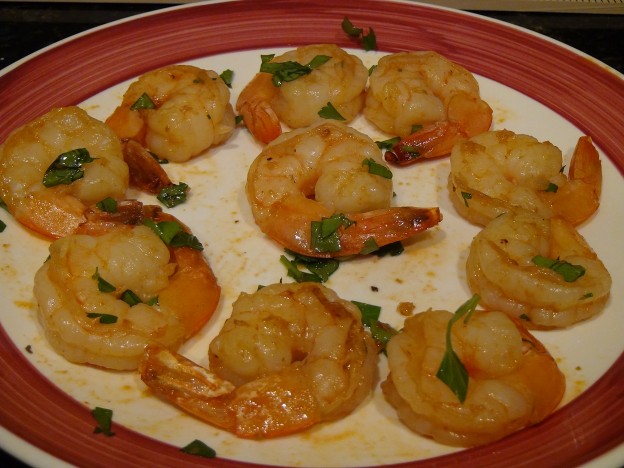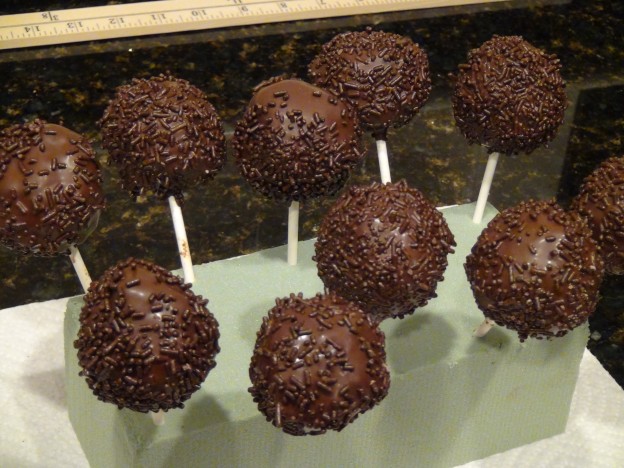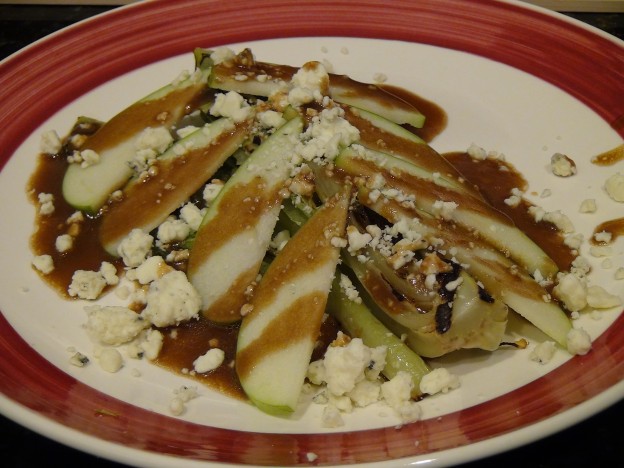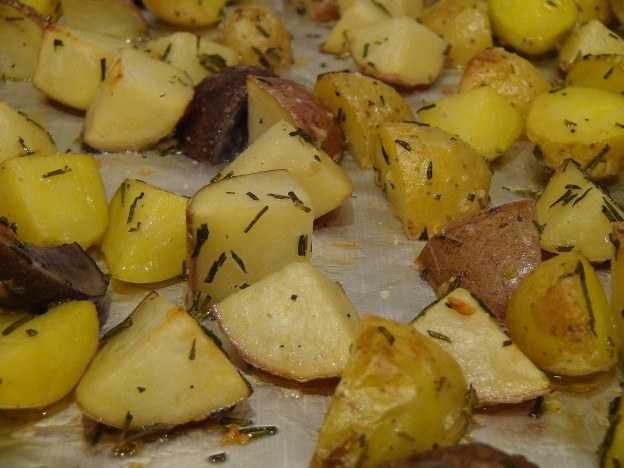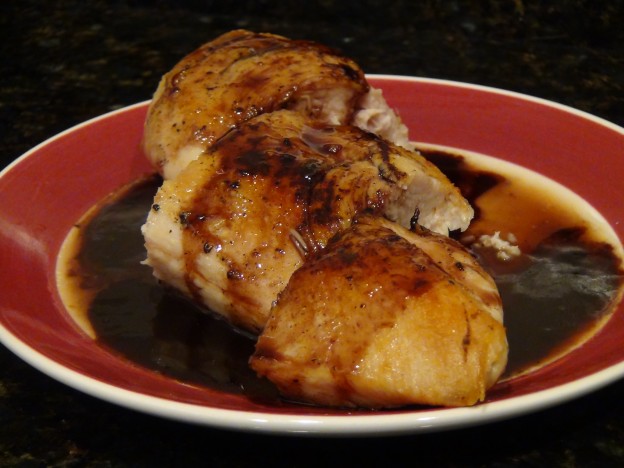Saturday, December 14, 2013 – This week’s episode of cooking class was about seafood. So I pulled the garlic spicy shrimp recipe from the packet and made that for dinner.
Deep-Fried Fish
Monday, December 9, 2013 – This week’s episode of cooking class was about fish. Incidentally, all the classes about cooking techniques were front-loaded. Most of the later classes are about ingredients. So I was trying to find a fish dish that I could do to learn a new cooking technique. So I decided it was time to deep fry something.
Cake Pops
It all started on
Saturday, November 23, 2013 – When Tara ran her Cake Pop class. And I learned how to make cake pops. And got to decorate some cake pops at the school.
Omelets
Saturday, November 16, 2013 – So why is this the first writeup that doesn’t start with a photo? Well, this week’s episode of cooking class was about eggs. And I decided I wanted to make an omelet. Except I have an induction range. Which means all of my cookware is stainless steel. And apparently, eggs on stainless steel is difficult.
Grilled Lettuce Salad
Sunday, November 10, 2013 – This week’s episode of cooking class was about braising. But I already made a beef bourguignon months ago. So I decided to make an appetizer instead.
Roasted Potatoes
Sunday, November 3, 2013 – This week’s cooking class was about roasting. The main course was roasting a chicken. Except I started my cooking days 5 years ago by roasting a turkey. So this year for Thanksgiving, I was just going to do potatoes instead. Hence, roasted potatoes.
So I Read Initiative 522
As a follow-up to my previous post on the subject, I decided to read the full text of Init 522. My findings were a little surprising.
The full text is a little over 2 pages (as printed in the State of Washington Voters’ Pamphlet distributed to all registered voters), but it spends the entire first page talking about how bad genetically engineered foods are. I don’t usually read ballot measures, but are all ballot measures so full of fluff?
Section 3.3 is actually pretty interesting. It lists out all the exceptions to labeling. Notable ones include:
- Food made from non-genetically engineered animals don’t need to be labeled, even if the animal is fed genetically engineered foods or injected with genetically engineered drugs. This means corn-fed cows or cows injected with rBST don’t need to be labeled, which is kind of a big deal.
- If the farmer didn’t “knowingly or intentionally” grow genetically engineered foods, he doesn’t have to label them. Now here’s hoping that our farmers know what they’re growing, but in the absurd scenario where the farmer doesn’t know, they can say it’s non-genetically engineered instead of the more logical “might be genetically engineered”. Sure, this clause might be there to provide plausible deniability to farmers when their crops get contaminated. But that doesn’t really inspire confidence in the label.
- Food containing less than 0.9% genetically engineered ingredients don’t need to be labeled. Anyone who’s ever cooked or baked knows (as well as most people who have eaten) that small additives can make a huge difference. Again, this might be a “plausible deniability” clause, but again defaulting to “not genetically engineered” doesn’t inspire confidence.
- Foods labeled “organic” don’t need to be labeled. This is the other big one. It means that the “organic” argument is actually correct. If you buy mostly organic foods and don’t accept the claim that organic foods are all non-genetically engineered, then Init 522 will literally do nothing to help you avoid genetically engineered foods.
So while Init 522 helps you identify foods that are genetically engineered, it does very little to help you identify the foods that are not. I agree that giving consumers information about what they’re eating is a good thing, but Init 522 clearly isn’t the answer.
“But isn’t it better than nothing?” Well, there’s the estimated fiscal cost of $3.3 million over the next 6 years (source: Voters’ Pamphlet), not to mention social cost I mentioned in my previous post.
And yes, the phrase “clearly and conspicuously on the front of the package” does actually appear in the full text.
Writeup: Chicken With Chicken Sauce 2
Sunday, October 27, 2013 – This week is round two of Chicken With Chicken Sauce. This time, I took the sauce up a notch and made a different sauce, one made with a roux.
Writeup: Chicken With Chicken Sauce
Saturday, October 19, 2013 – This week’s episode of cooking class was about pan sauces. And the pan-roasting technique served me well last week. And is required to make a pan sauce. So I decided it was time to make Chicken With Chicken Sauce.
Writeup: Salmon and Risotto
Saturday, October 12, 2013 – This week’s cooking class was about saute’ing and for some reason risotto. So I decided to make a pan-roasted salmon on a bed of shiitake mushroom risotto. Because shiitake mushrooms are awesome.
